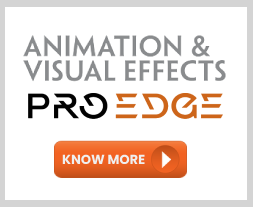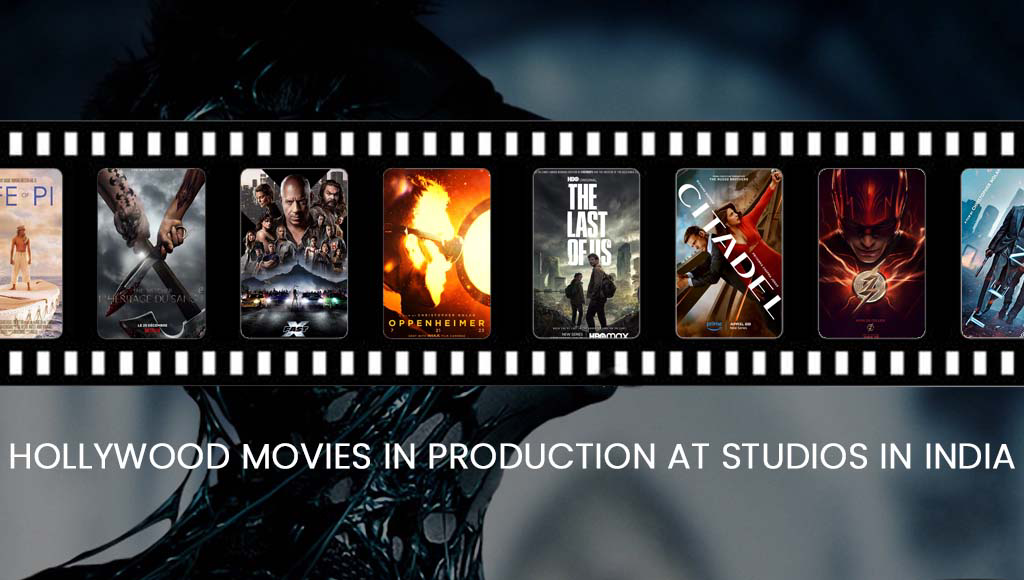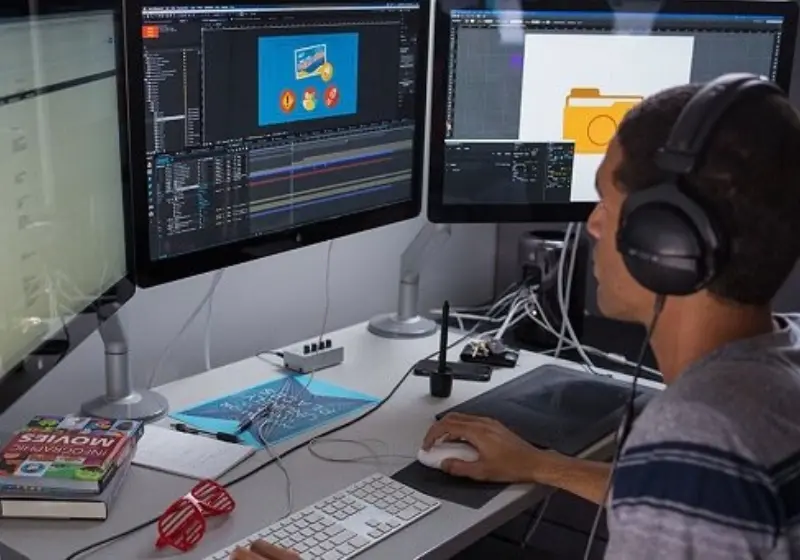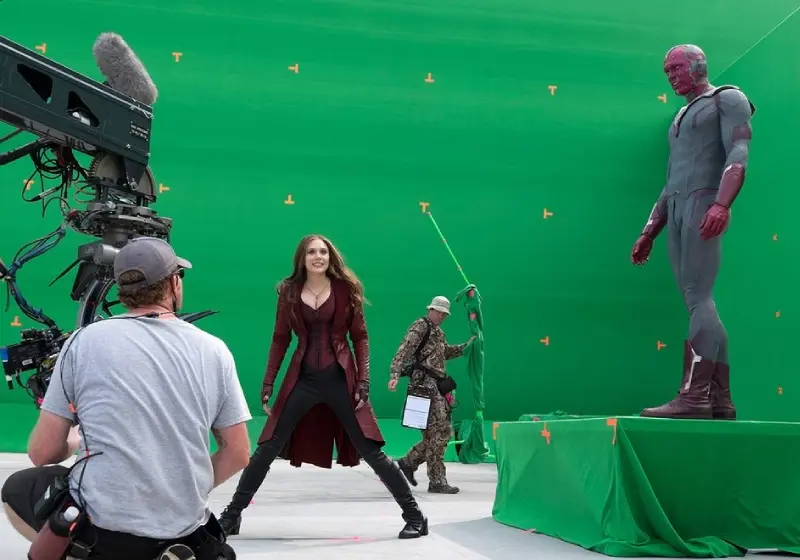The visual effects (VFX) industry in India has been growing rapidly over the past few years, with a lot of major Hollywood studios outsourcing their work to Indian VFX companies due to the cost advantage and availability of skilled talent. The scope of the VFX industry in India is quite significant, with a projected growth rate of 18% CAGR between 2021-2026.
India has a large pool of talented artists and technicians who specialize in various aspects of VFX, such as compositing, animation, modeling, and texturing. This has made India an attractive destination for global VFX projects, and many Indian VFX companies are working on Hollywood films, television shows, and commercials. Apart from the global market, the Indian VFX industry is also growing in the domestic market, with a rising demand for high-quality visual effects in Indian films and television shows. This has led to the emergence of several VFX studios in India, providing a range of services, including pre-production planning, on-set supervision, and post-production work. Outsourcing of visual effects (VFX) work to India has become a common practice in the global VFX industry. The Indian VFX industry has grown rapidly over the years, with many Indian VFX companies providing high-quality services at a competitive cost.
MAJOR VFX TASKS OUTSOURCED TO INDIA
In VFX production, roto, paint, and matchmove are often used together to achieve a seamless and realistic result. For example, roto may be used to isolate a character from the background, paint may be used to remove wires or other unwanted elements from the shot, and matchmove may be used to integrate a virtual object into the scene and make it look like it belongs there.
Roto, paint, and matchmove are three important processes in the visual effects (VFX) industry. Each process has a specific purpose and is used to achieve different goals in VFX production.
Roto, short for rotoscoping, is the process of manually creating a matte around an object or character in a scene.
Paint is the process of fixing or enhancing footage using digital painting techniques.
Matchmove, also known as camera tracking, is the process of analyzing footage to determine the camera’s movement and position in 3D space.
Overall, roto, paint, and matchmove are essential processes in the VFX industry, allowing artists to create photorealistic and seamless visual effects that enhance the storytelling and immersion of the audience.
HOW TO CHOOSE THE RIGHT VISUAL EFFECTS COURSE?
Choosing the right visual effects course can be a challenging task. Here are some factors you can consider while making your decision:
Course content: Look for a course that covers the specific area of visual effects that you are interested in, such as compositing, 3D modeling, or motion graphics.
Course Duration: Consider the length of the program, and whether it fits your schedule and learning goals. An ideal duration for a visual effects course could be 9-12 months.
Faculty: Look for courses taught by industry professionals with a strong background in visual effects.
Portfolio development: Always prefer a course which offers assured portfolio development guidance as a part of the course.
Facilities and infrastructure: Check whether the course provides access to the latest versions of software, hardware, and other tools necessary for learning.
Industry connections: Consider courses that have connections with the industry and offer opportunities for internships or job placements.
Course reviews: Check student reviews and testimonials to gauge the effectiveness of the course and the quality of the teaching.
Accreditation: Check whether the course is accredited by a recognized organization or institution.
By considering these factors, you can narrow down your options and choose the visual effects course that best suits your needs and goals.
WHAT SHOULD YOU BE LEARNING?
The following is a list of essential topics that a student is expected to master in an advanced visual effects program.
Prep for visual effects
Prep, short for “preparation”, refers to the process of preparing live-action footage for use in visual effects. It involves a range of tasks that are designed to ensure that the footage is ready for use in compositing or other visual effects processes. Prep can include tasks such as cleaning up footage, removing unwanted objects or people from a shot, stabilizing footage, and color grading. It can also involve creating tracking markers or other reference points that can be used to track the movement of objects or characters in the shot.
Compositing
Compositing for films is the process of combining multiple visual elements such as live-action footage, computer-generated images, and other effects into a single shot or sequence. This is done to create a seamless final image that looks like all the elements were shot together in the same scene.
Rotoscoping
Rotoscoping is a technique used in visual effects and animation where a sequence of live-action footage is traced frame-by-frame, typically by hand, to create a matte that can be used to separate an object or character from its background.
Roto paint
Roto Paint is a tool used in visual effects software such as Nuke and Fusion that combines the techniques of rotoscoping and painting. It allows visual effects artists to create and manipulate mattes and paint strokes in a single workflow.
Matchmove
Match moving, also known as camera tracking or motion tracking, is a technique used in visual effects to match the movement of a live-action camera with computer-generated 3D elements. This allows visual effects artists to seamlessly integrate computer-generated objects or characters into a live action shot, creating a believable and cohesive final image.
3D Integration & Set extension
3D integration is a technique used in visual effects to seamlessly blend computer-generated 3D elements with live-action footage, creating a cohesive final image. This technique is used to create a wide range of effects, from simple objects like vehicles and buildings to complex environments and characters.
Lighting
Lighting is the process of adding artificial or virtual light sources to a scene, in order to create a particular mood or effect. Lighting can be used to highlight certain aspects of a scene or character, to create contrast, or to simulate natural light sources such as the sun or moon. Visual effects artists use specialized software such as Maya, Houdini or 3ds Max to create virtual lights, which are then positioned and adjusted within the 3D scene to achieve the desired effect.
Rendering
Rendering, on the other hand, is the process of generating a 2D image or sequence from a 3D scene, considering the lighting and other visual effects. This involves complex calculations of how light interacts with materials in the scene, such as reflections, refractions, and shadows. The output of the rendering process is typically a sequence of still images or frames, which are then assembled into a final composite using compositing software such as Nuke, Fusion or After Effects.
Software’s covered:
Autodesk Maya, Houdini, The Foundry Nuke, Silhoette,3D Equalizer, Adobe After effects, DaVinci Resolve, Unreal etc.
So, what are you waiting for, find more information about us here Toonz Academy and register with Toonz Academy today!




